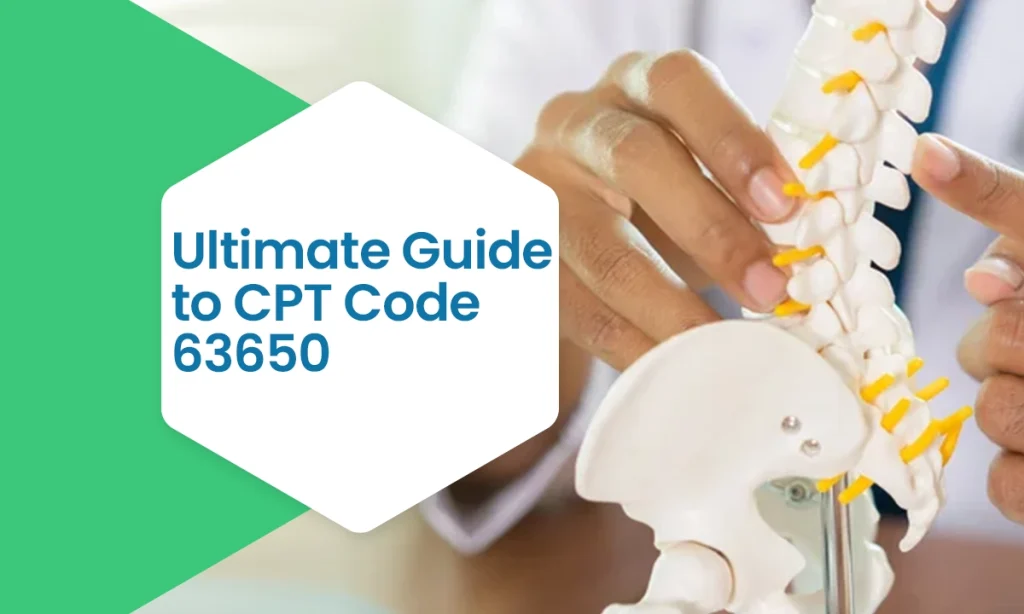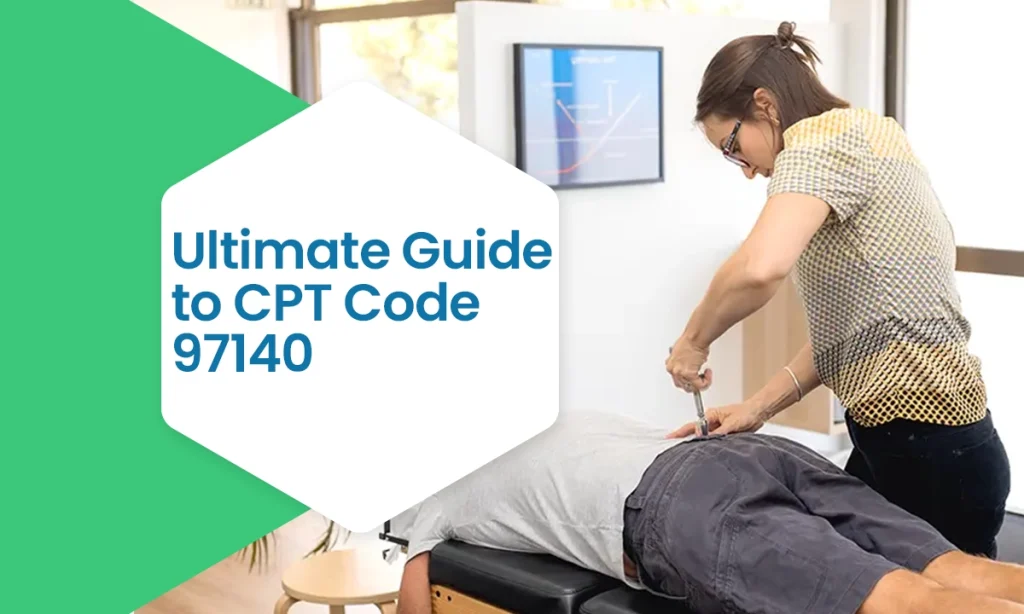Do you know how to bill a simple cystourethroscopy procedure correctly? Or like most billers, you get confused between the different variations of this urology procedure? Let’s update your knowledge!
CPT code 52000 is a diagnostic code. It is used frequently in urology practices. It can be used to diagnose simple/resistant infections as well as more serious issues like hematuria. However, despite its frequent use, many 52000 code claims are rejected by insurance payers. Why? Well, because of its inaccurate billing.
The code can be billed separately or bundled with more comprehensive codes. That’s why we have included this important code in our ‘CPT Code’ series. So, let’s start.
CPT Code 52000 Description
As mentioned in the introduction, CPT code 52000 is a diagnostic code. It refers to cystourethroscopy (a separate procedure). Cystourethroscopy is an endoscopic procedure that is used to visualize the internal structures of the urinary tract.
But what exactly is cystourethroscopy, and how is it performed? This is an essential question that we must answer before discussing the billing guidelines. In simple words, CPT code 52000 is used to diagnose the ailments of the urinary bladder and urethra via a specialized instrument called the cystoscope. This flexible tube is different from other types of endoscopes and is much thinner.
During the cystourethroscopy, the tube with a camera is inserted into the urethra to visualize and image the internal structures of the lower urinary tract. This includes the bladder, urethra, and the urethral orifices. The entire process lasts 15 to 30 minutes. Physicians may sometimes use anesthesia. However, that is separately billable.
The key term to focus on in the definition is “Separate Procedure”. Let’s understand what this means. Simply put, the term indicates that code 52000 should only be reported when the procedure is performed as a standalone service. When cystourethroscopy is performed as part of a more comprehensive service, it typically cannot be billed separately, as it becomes bundled into the primary service.
Scenarios Where CPT Code 52000 is Applicable
To better understand the correct usage of CPT code 52000, let’s look at some real-world scenarios in which it can be used.
Hematuria Evaluation
CPT code 52000 is used frequently to diagnose the root cause of hematuria (blood in urine). When patients visit with blood in their urine, either visible (gross hematuria) or microscopic, cystourethroscopy provides direct visualization of the bladder and urethra to identify potential sources of bleeding. The procedure is performed to check for bladder tumors, stones, inflammation, or other structural abnormalities.
Understanding Recurrent Urinary Tract Infections (UTIs)
Urinary tract infections are common and usually resolve with simple medication. However, recurring UTIs, even after treatment, may suggest a more serious underlying issue. In such cases, physicians might perform a cystourethroscopy to identify the actual cause of the infections, such as anatomical abnormalities, foreign bodies, or structural problems.
Applicable Modifiers for CPT Code 52000
The following are some of the modifiers that you can use with CPT code 52000:
| Modifier | Description | When to Use/Application |
|---|---|---|
| 53 | Discontinued procedure | Applied when the procedure is discontinued (after anesthesia administration) due to extenuating circumstances that affect the patient’s well-being. |
| 59 | Distinct procedural service | When cystourethroscopy is performed with another procedure (on the same day), that might otherwise be considered bundled. |
| XS, XE, XP, XU. | More specific X-modifiers replacing modifier 59 | Used to provide more specific information about why procedures were distinct. |
CPT Code 52000 – Billing & Reimbursement Guidelines
You can follow our documentation and billing tips for CPT code 52000 to file accurate claims:
Verify Medical Necessity
The first step before performing or billing any procedure is to verify its medical necessity. This step will help you avoid claim denials. So, how can you verify medical necessity? Well, by making sure that the patient’s diagnosis justifies the need for the procedure!
Identify the correct symptoms, match them with their relevant ICD-10 codes, and make a judgment whether these ICD-10 codes justify the use of code 52000.
Attach Comprehensive Documentation
For CPT code 52000, you must establish medical necessity and provide detailed procedure notes. Claims that lack proper documentation will ultimately be denied. Your documents and medical records must include the indication for the procedure, detailed findings during the examination, and any abnormalities identified. The documentation should specify structures examined, including the urethra, bladder walls, bladder neck, and ureteric openings.
The procedure notes must state that no therapeutic interventions were performed during the cystourethroscopy session. Any additional procedures, such as biopsies, stone removal, or therapeutic interventions, would require different CPT codes and cannot be bundled with 52000.
Check Medicare Reimbursement Rates
The reimbursement amount for CPT code 52000 heavily depends on the MAC locality and facility. According to the latest Medicare reimbursement rates, the national average reimbursement rate for code 52000 is $77.31 for facility settings and $213.16 for non-facility settings.
You can check the Medicare reimbursement amount for your MAC locality via the PFS Lookup Tool.
Wrapping Up
CPT code 52000 is a frequently used billing code in urology practices. So, claims must be submitted with care. Otherwise, you can lose a significant amount of revenue. By appending the proper documentation and modifiers and following the guidelines that we mentioned in this blog, you can accurately file claims with code 52000.
While you can reduce your denial rates by following the guidelines in this blog, some things are better left to experts. MediBillMD’s urology billing services offer specialty-specific coding that is sure to boost profitability.



